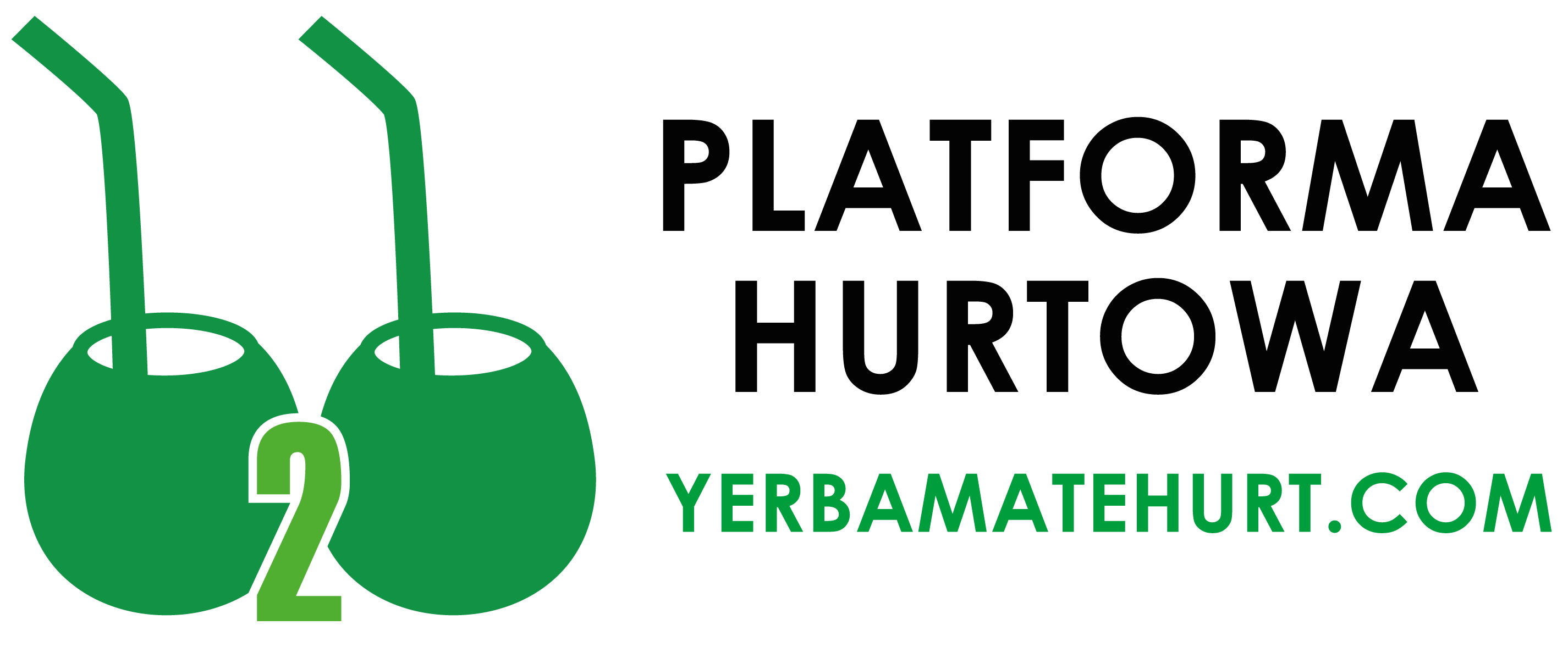Looking for a product which does not seem to appear in our on-line store?
If you have not found a product that you are interested in and you would like to buy it in our on-line store, use a special form and send us the description of this product. To do this, you need to sign in.
